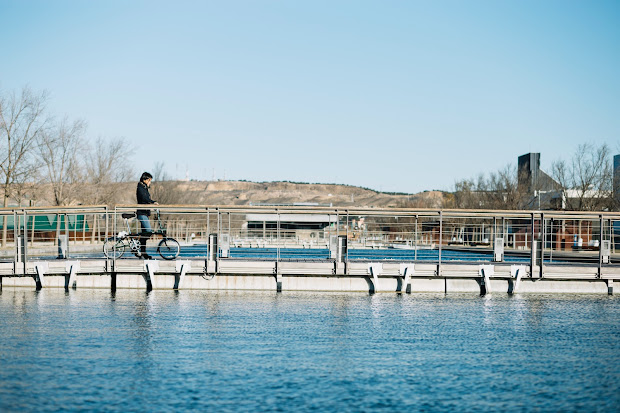Understanding the IP Rating, Cleaning Process, Installation, and Commissioning of Equipment

In the world of electrical and mechanical engineering, ensuring the proper functioning of equipment is vital to maintaining performance, safety, and longevity. One of the fundamental components of this process is understanding the IP rating (Ingress Protection rating), implementing an effective cleaning process, and following precise installation and commissioning procedures. These factors help guarantee that your equipment operates smoothly and is safeguarded against external environmental factors. IP Rating: Protection for Equipment The IP rating (Ingress Protection rating) is a crucial standard for classifying the degree of protection offered by an enclosure against the ingress of foreign objects, dust, and water. IP ratings are typically followed by two digits; the first digit refers to protection against solid objects (such as dust or particles), and the second digit refers to protection against liquids (such as water). For instance, an IP65 rating means the equipment is...




.jpeg)